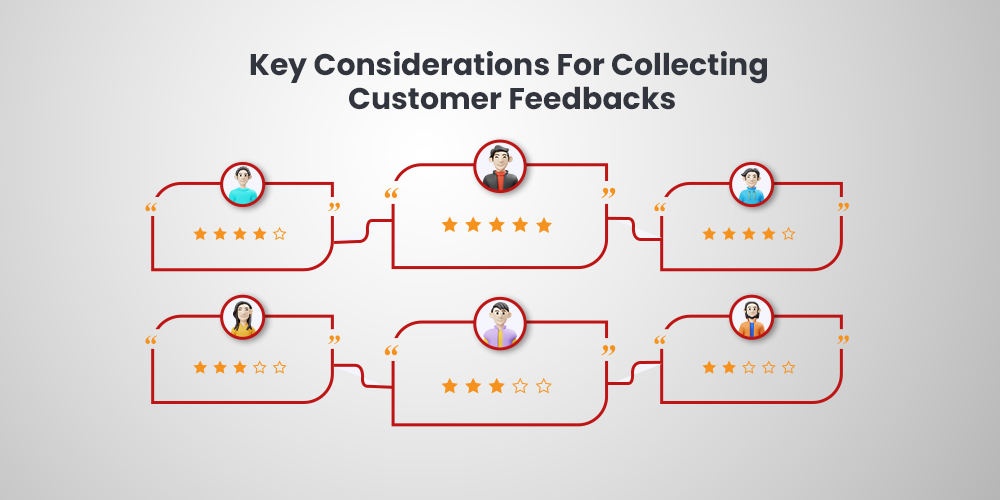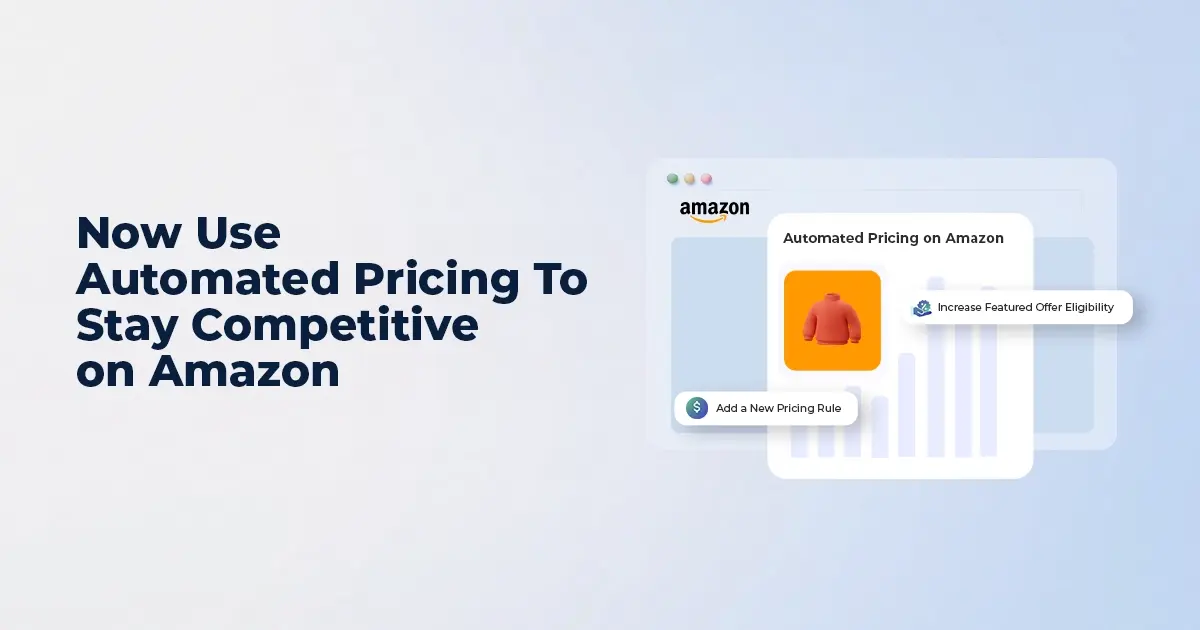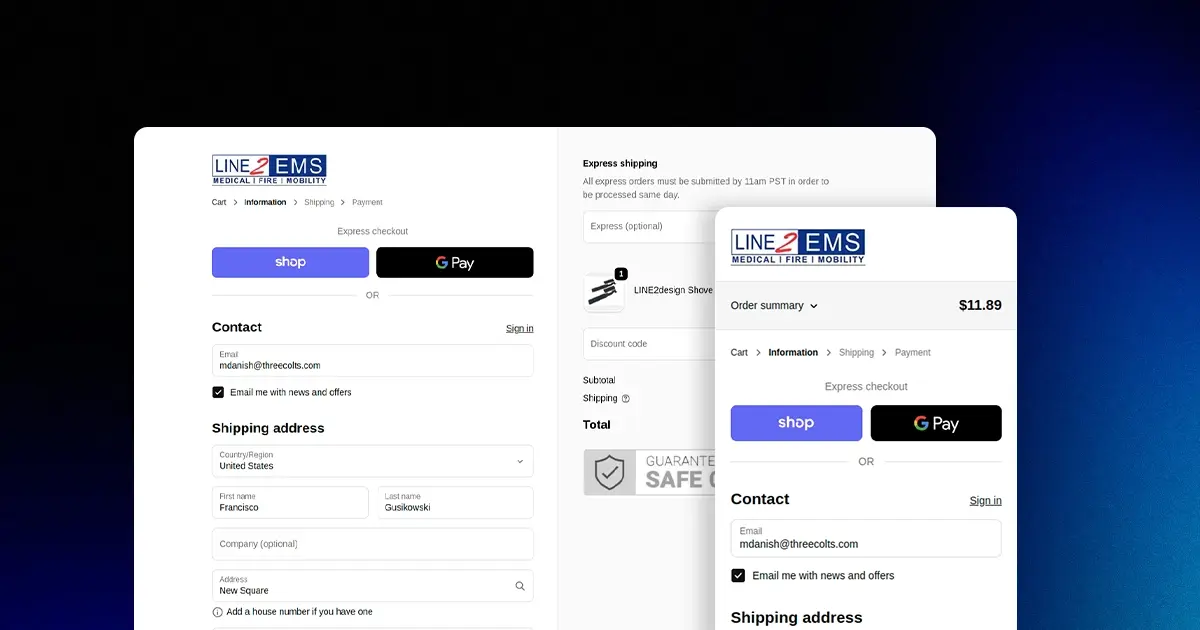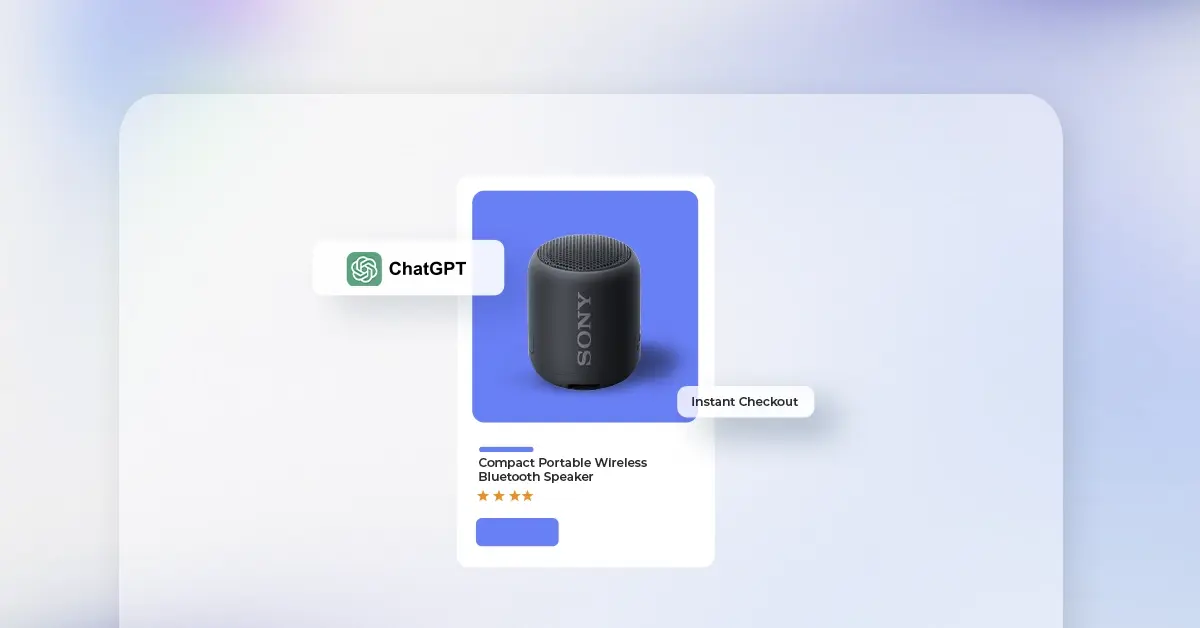Etsy Halloween 2025 Trends: What’s Selling + High-Converting Keywords to Use
Reading Time: 11 minutesHalloween 2025: The Creative Seller’s Goldmine In the age of viral décor…
Successful digital marketers, business owners know that retaining customers are much more cost-efficient than acquiring new ones. Acquiring new users is 5x more expensive than retaining the existing ones. If you want to retain customers, please them with an enhanced user experience and offer them what they want. Gather their requirements and demands through feedback and mobile app surveys. Mobile app surveys are a great way to discover user issues or requirements and enhance their experience.
A Survey conducted on US online customers in December 2020, shows that about 94% of respondents reveal that positive reviews made them more likely to purchase from a business. In contrast, 92% stated that negative reviews made them not purchase.
Mobile app surveys are a great way for enhancing the app experience and promoting your app. It can help you comprehend how your users feel about your offerings. It is the best way to survey your users and find out what they like or dislike about your app and its features.
Read Also: What are the top Ways to Improve App Engagement & User Retention?
Simply offering to build a mobile app for your business won’t thrive you in the online market. But the thing that matters the most is users experience, and you need to find out what your customers need from you. This can be done with the help of surveys and feedback from your users. Mobile app surveys are helpful in numerous ways, as discussed below.
In this highly competitive market, you should work carefully to stand out among others. Offering too much or too fast in the wrong direction can suppress your business growth. So it will be better for you to survey your users on what features they want or like the most than prioritizing those features. This will help you comprehend where you need to spend your time and resource the most and where to spend the least.
Knowing shoppers lets you enhance the user experience by personalizing their requirements. With the help of surveys, you ask your users important information like their age, gender, location, preferences, likes, and dislikes. These pieces of information help you personalize the user experience, consequently offering an enhanced experience to users.
User feedback is important, but sometimes there is a need for feedback on a specific feature. Suppose you have made some updations in your app or added any latest feature to it, then you must be requiring feedback from your users. You must know what they like about the latest feature if they don’t like then what is the reason behind it. Mobile app surveys are a great way to get insights into how your app is faring, no matter whether it is entertainment, retail, or a game.
The number of users who give feedback is not your entire number of visitors, but most of the visitors skip providing any feedback, Encourage your remaining users to share their feedback. Surveys and feedbacks are effective tools that help you understand and get responses from the larger portion of your customer base. Through regular surveys, you can engage your customers by letting them know that you care for their suggestions and you are consistently working to improve the customer experience.
The mobile app development process is quite expensive and each feature you include in it may cost extra money. Adding random features and functionalities to the app can make your development process more time and cost-consuming. But utilizing surveys and feedback lets you understand the user requirements and demands. Through which you can decide what features to include and what features not to include in your mobile app.
Enhance Your User Experience With A Robust And Fascinating Mobile App
There are different ways through which you can gather opinions from customers and use them to improve your customer experience.
A customer effort score is an estimation of the effort consumer puts into resolving an issue or making a return or purchase, or fulfilling a request. It is a barometer that measures customer loyalty. Through this, you ask your users to rate their ease of interaction, generally on a scale of one to ten.
If you are a business owner, through User Effort Score you can easily comprehend, user-friendliness, features, or different element of your app for a given user. Usually, it is asked on a scale of one to ten, asking them how user-friendly the app was. For example, how was your experience using the reservation app rate from one to ten.
Through net promoter, you can measure the loyalty of your customers on a scale of one to ten. You can ask your users how likely your users to recommend you on the scale.
Through feature feedback surveys you can ask your customers how well the individual feature of your app is performing.
When you are collecting surveys or insights from your customers you must ensure certain practices to make your surveys more effective.
 Objective Of Survey
Objective Of SurveyWithout any objective all the efforts are useless, it is imperative to set a goal and plan a survey to ensure that the survey questions must address the problem or issue you are going to resolve. Before preparing a survey ask yourself the following questions
Timing is the most important factor, you need to reach your audience at the right time when you are going to survey. Don’t prompt your users too frequently, especially in the middle of some task, this may irritate your users. The right time for the review is when the user has completed the action that leaves them fulfilled or excited.
It is important to segment the type of users and take the survey that is relevant to the particular type of user.
The length of in-app surveys should be short and concise. In order to avoid users detracting and retaining from the un app surveys, it is recommended to use short surveys. It is best to ask 1-2 questions per in-app survey.
The end goal of every business is to generate sales and revenue, and an enhanced user experience can help you get increased sales and revenue. Understanding the users completely is the first step toward an enhanced user experience. Gather user insights by surveying them, getting their information through feedback, and asking questions. This will help you understand your user’s likes, dislikes, and preferences. Offer your customers an enhanced experience with a fast and fascinating mobile app. Try it for free with MageNative.

Reading Time: 11 minutesHalloween 2025: The Creative Seller’s Goldmine In the age of viral décor…

Reading Time: 2 minutesOverview AliExpress has launched a new global scheme — the Best Price…

Reading Time: 3 minutesEtsy, Inc. (“Etsy”) today announced two major developments: the appointment of Kruti…

Reading Time: 2 minuteseBay posted a strong performance in Q3 2025, with revenue and gross…

Reading Time: 3 minutesAbout the Client Esty Store: Infinite Spiral, LLC Overview: Infinite Spiral, LLC,…

Reading Time: 3 minutesWalmart has announced a landmark partnership with OpenAI that could reshape the…

Reading Time: 5 minutesAfter years of tension over the ownership and control of TikTok, the…

Reading Time: 3 minutesWalmart’s new collaboration with OpenAI signals more than a tech upgrade —…

Reading Time: 7 minutesI. INTRODUCTION: THE PRICE PRECISION IMPERATIVE In Amazon’s high-velocity marketplace, even a…

Reading Time: 3 minutesAmazon recently announced a significant change for sellers advertising in Washington state:…

Reading Time: 14 minutesBlack Friday–Cyber Monday used to be a weekend. Now it’s a pressure…

Reading Time: 2 minutesKey Updates Shopify is deprecating the “Sell from all locations to all…

Reading Time: 2 minutesWhat’s New Amazon has published a Data Processing Addendum (DPA) for Multi-Channel…

Reading Time: 2 minutesKey Highlights AI-driven traffic to U.S. retail sites will increase by 520%…

Reading Time: 3 minutesDid you know, a new one-tap ordering feature from Amazon is set…

Reading Time: 2 minutesWalmart has overtaken eBay to become the No. 2 U.S. retail eCommerce…

Reading Time: 2 minutesA new step in AI-driven commerce offers merchants direct access to hundreds…

Reading Time: 2 minutesAmazon has officially launched Amazon Haul in Spain, a budget-focused storefront designed…

Reading Time: 2 minutesOpenAI is bringing ecommerce transactions directly into ChatGPT with the debut of…

Reading Time: 2 minutesAmazon has introduced a new FBA multi-unit discount for Amazon Business orders,…